Northern Lights May Be Visible in 17 States Tonight Amid Geomagnetic Storm
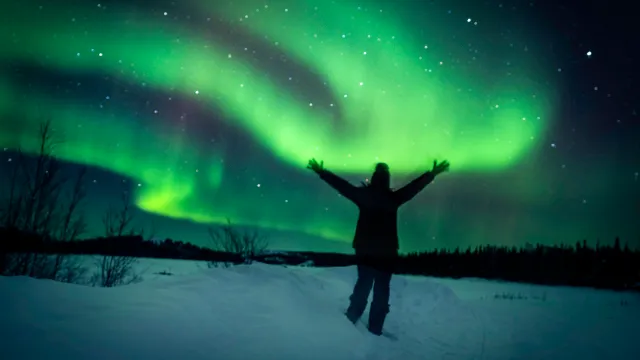
Even though phenomena like total solar eclipses or meteor showers tend to draw a crowd, the Northern Lights stand out as one of the most sought-after spectacles for the way they dominate the night sky with dazzling, dancing sheets of color. But even if they do appear relatively often, the aurora borealis can still be elusive due to a handful of conditions—and are usually limited to certain areas, as their name suggests. But thanks to a geomagnetic storm, people in 17 states might get a special treat as the Northern Lights become visible tonight. Read on to see which places could be in for a light show.
RELATED: Parts of the U.S. Will See the Northern Lights in 2024—Here’s Where and When.
A large plume of material from the sun is hitting the Earth.
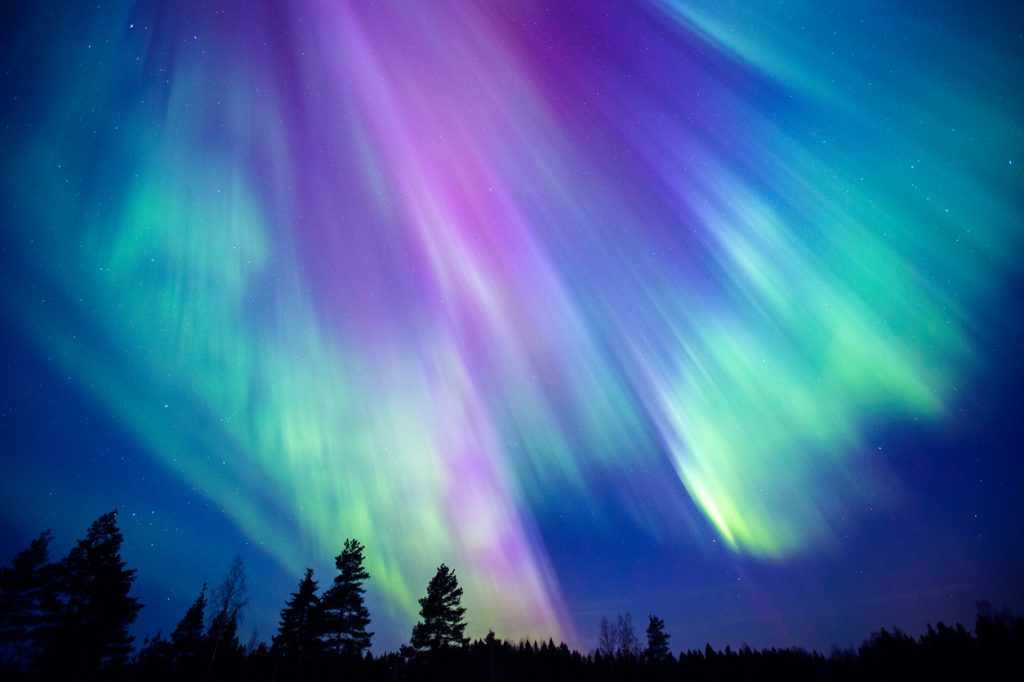
The recent spate of harsh winter weather may have made the sun feel like it’s farther away than usual, but our solar system’s star is anything but inactive right now. In a post to X (formerly Twitter) on Jan. 21, the National Oceanic and Atmospheric Administration’s (NOAA) Space Weather Prediction Center (SWPC) announced it had detected a coronal mass ejection (CME) that took place the previous day.
The agency describes such events as an “eruption of solar material” that can result in a geomagnetic storm when they arrive at Earth. In extreme cases, these can disrupt life on our planet in the form of radio or communications blackouts and electrical grid issues, according to NOAA. However, because the recent event has ranked as a moderate G2 on the agency’s scale, officials say “the general public does not need to be concerned.”
But besides the chances of radio disruptions, the latest geomagnetic storm is also expected to make the Northern Lights more active—and even make them visible in areas farther south than where they’re typically found.
RELATED: “Devil Comet” With Horns Is Racing Toward Us—Here’s When and Where It Arrives.
The sun is becoming more active lately due to Solar Cycle 25.
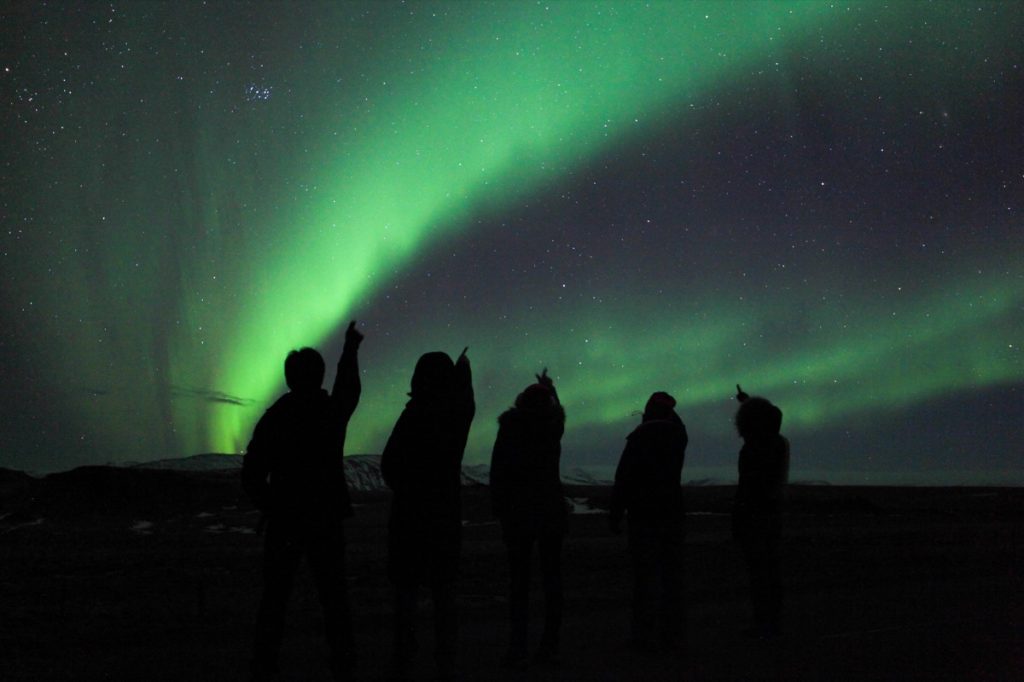
The latest CME is far from the only time the sun has grabbed headlines recently. Our star has become more active since entering Solar Cycle 25 in Dec. 2019, which is an 11-year period that covers a high and a low in events such as solar flares and CMEs due to an increase in sunspots, according to NASA.
The cycle eventually culminates in the sun’s magnetic poles reversing in a change that scientists have observed for centuries. But scientists believe the peak may be arriving soon, potentially bringing more opportunities to see the Northern Lights along with it.
RELATED: 8 Amazing Things You Can See in the Night Sky Without a Telescope.
More than a dozen states could get a chance to see the Northern Lights tonight.
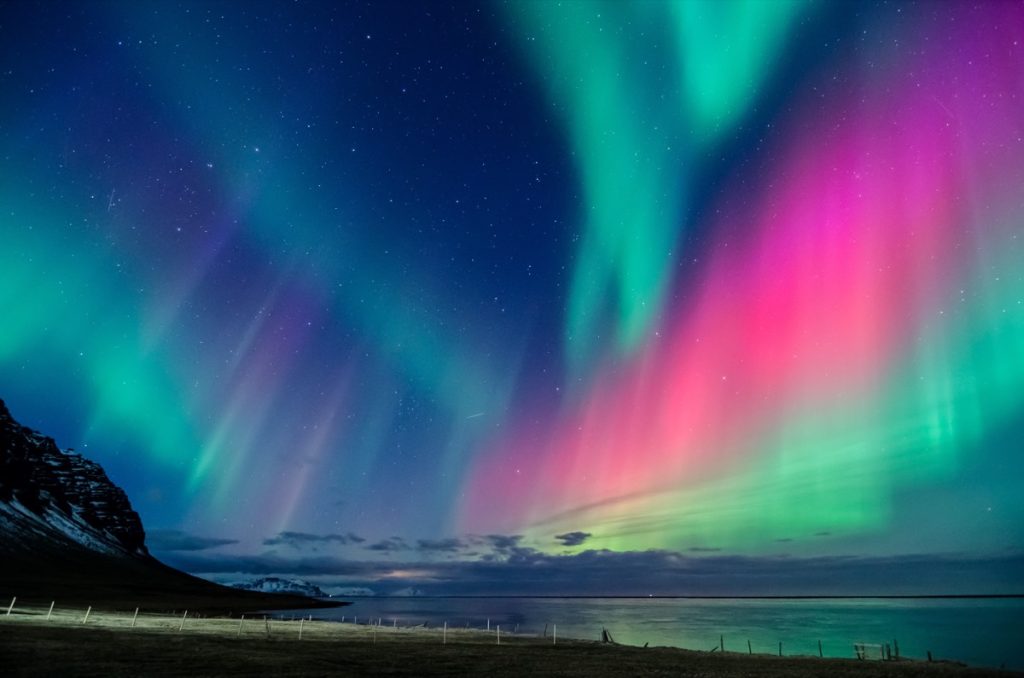
In its announcement yesterday, the SWPC said it had established a “watch” for the geomagnetic storm for Jan. 22 and 23. And while a handful of states were within the agency’s range for potentially visible Northern Lights on Sunday, the area has expanded to include even more for tonight.
According to the map, residents in Alaska and throughout much of Canada are very likely to see the aurora borealis. But Northern and Midwestern states near the Canadian border could also get a glimpse. These include Washington, Oregon, Idaho, Montana, Wyoming, North Dakota, South Dakota, Nebraska, Minnesota, Iowa, Wisconsin, Illinois, and Michigan. Conditions could also set up states in the Northeast and New England for a show, including upstate New York and most of Vermont, New Hampshire, and Maine.
Here’s how to maximize your aurora viewing experience.
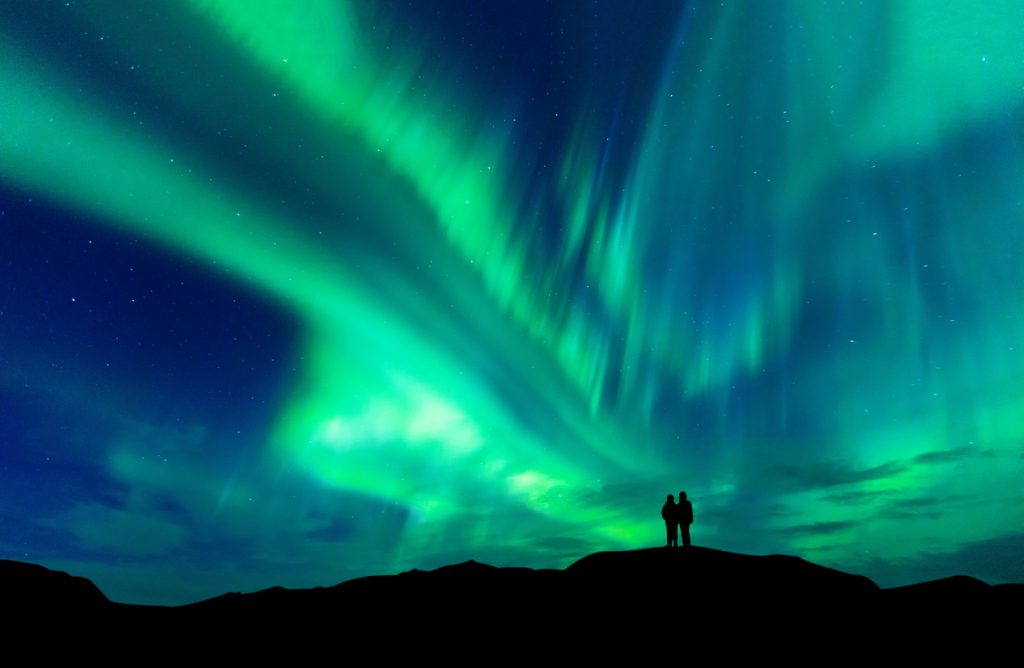
Like any other celestial event, there’s never a guarantee that conditions will line up to produce a memorably good aurora show. But when they do, it can help to be prepared to enhance your Northern Lights viewing experience.
If you’re expecting a sighting in your area, try to pick a viewing spot that’s far from city lights and other glare, NOAA suggests. And given the winter weather, it’s also best to dress warmly and pack a blanket to help stay warm while you’re outside.
While aurora can appear at any time during the night, the agency says that the best aurora typically show up within two hours of midnight. This makes between 10 p.m. and 2 a.m. prime viewing times.
And if the Northern Lights don’t become visible for you tonight, don’t fret too much: The agency says there could be more opportunities in the coming months as Solar Cycle 25 continues to ramp up.
RELATED: For more up-to-date information, sign up for our daily newsletter.